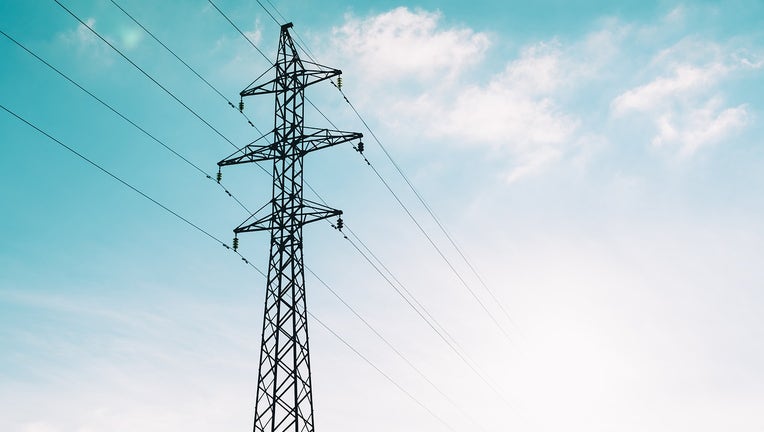Why aren't power lines underground in Michigan?

DETROIT (FOX 2) - Severe thunderstorms Wednesday and overnight into Thursday knocked out power for hundreds of thousands of people across Metro Detroit.
Read More: 840K without power across Michigan
As heavy winds and rain took down and damaged power lines, the question arises – why doesn't Michigan bury its power lines?
DTE Energy, which provides electricity to most Metro Detroit residents, addressed this question earlier this summer in a blog.
Burying power lines can keep them from being damaged by lightning, wind, freezing temperatures, and other weather-related issues.
However, the energy supplier said that below-ground wires are still susceptible to damage. Digging for landscaping or construction work could damage the lines. Animals could also cause issues, and because the wires are underground, moisture can be a problem. Additionally, some parts of the power system, such as transformers, that are above ground can still be damaged by storms, leading to outages even with below-grade wires.
Related: How long can refrigerated food keep if the power goes out?
DTE said that repairing the underground wires is more difficult and takes longer than above-ground lines.
The company said it has been installing underground lines at new subdivisions since 1970. DTE noted that installing them near existing homes would cause disruptions as crews would be forced to tear up lawns and interfere with existing property and vegetation, such as tree roots.
DTE also pointed to the cost of installing underground lines. The company estimates that it would cost about $25 to $30 billion to bury Michigan's overhead lines. Costs can differ because they are associated with the price of metals that are used for the wire and petroleum products that are used for insulation.
However, the Federal Emergency Management Agency argued that burying power lines is cost-effective in the long run.
MORE: What to do at dark traffic lights
In a case study, the agency described how some power lines were buried in South Dakota after a severe ice storm in 1996. According to FEMA, multiple weather events that prompted presidential disaster declarations did not cause significant damage to the wires.
FEMA said that while installing wires costs more upfront, it saves money when overhead lines are damaged and need to be replaced. FEMA also noted that maintaining underground lines is less expensive than overhead wires.
It is important to note that in South Dakota, only 5.5 miles of lines were buried for a total cost of about $57,850 at the time. Replacing a whole above-ground system with underground wires would be a costly endeavor.
Overall, underground wires and overhead lines both come with their own set of pros and cons. For now, DTE said it is focusing on improving its infrastructure by building new substations, upgrading poles and wires, installing new technologies, and trimming trees near wires.

